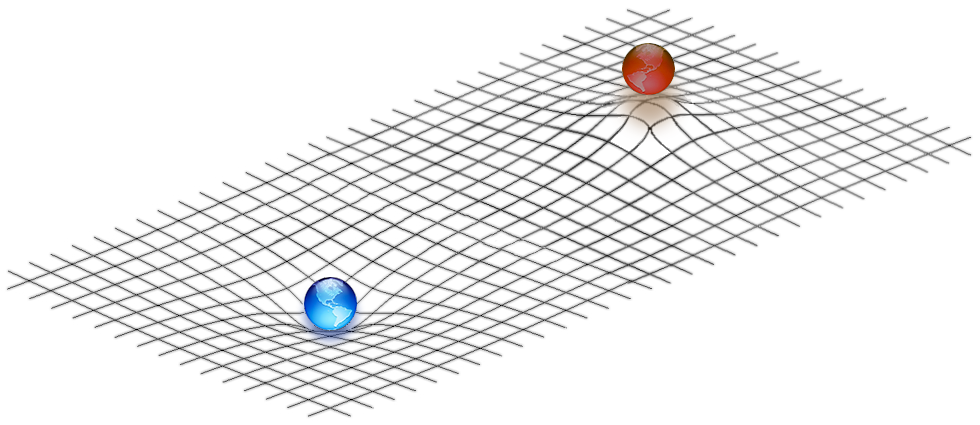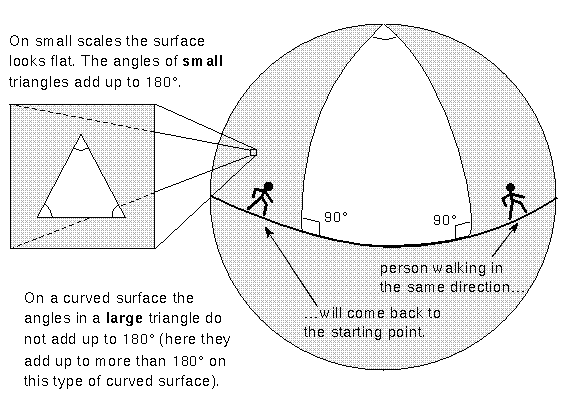
Journal reference: Nature Astronomy, DOI: 10. The Simons Observatory, which is currently being built in Chile, will be able to measure gravitational lensing even more precisely than Planck, and it should tell us whether or not there really is a cosmological crisis.

More data in the next few years will show whether we need to take this anomaly seriously or if it is simply a statistical fluke, says Spergel. first time we realized two beam interference in negatively curved space. In fact, I’d say the evidence is actually against it.” Curved space often refers to a spatial geometry which is not 'flat', where a flat space is described by Euclidean geometry. impact of intrinsic and extrinsic curvature of space on the evolution of light. “It’s a really important claim, but I’m not sure it’s one that’s backed by the data. “If this is true, it would have profound implications on our understanding of the universe,” says David Spergel at Princeton University. There are no other observations that hint the cosmos may actually be closed, and there is a chance that this Planck measurement is just a statistical fluke. In fact, every other cosmological measurement that we have points to a flat universe. Nobody has come up with a way to reconcile these Planck observations with the many cosmological measurements that disagree, which even include some of the other observations from the Planck observatory. “We need a new model, and we don’t know what that is yet,” says Melchiorri.

Our current models of inflation naturally lead to a flat universe, so if the universe is actually closed, they would have to change. In physics, the concept of space is used as a metric to measure the distances between things (objects and events) to be used in math equations t. The usual explanation of the universe’s formation includes a period just after the big bang called inflation, when the universe rapidly expanded. Answer (1 of 5): It isn’t space which is curved space is just a concept, not a material thing with material properties like geometry or malleability. “If nothing is in agreement, we have to think hard about our model of the universe and its formation.” “In a closed universe, these anomalies are more serious than we thought,” says Melchiorri.


 0 kommentar(er)
0 kommentar(er)
